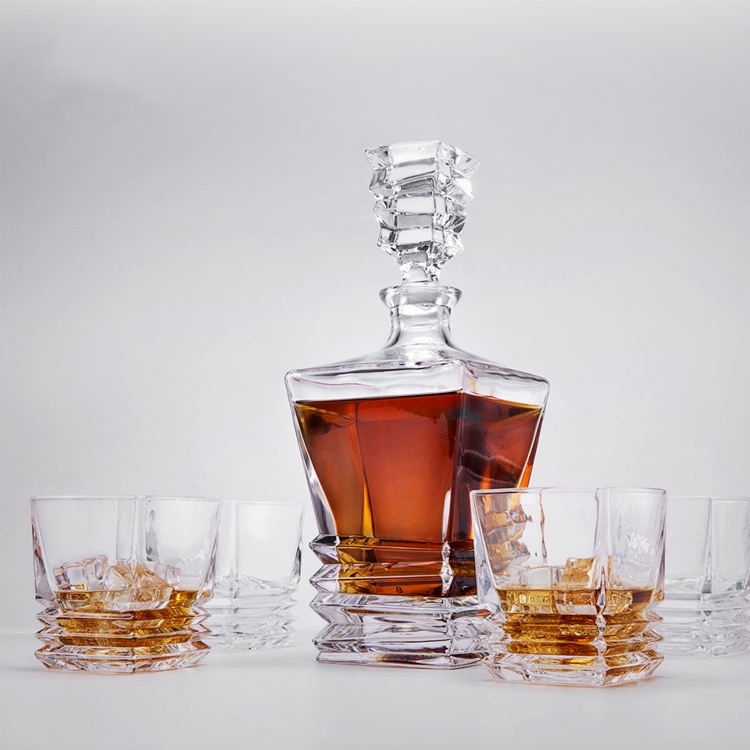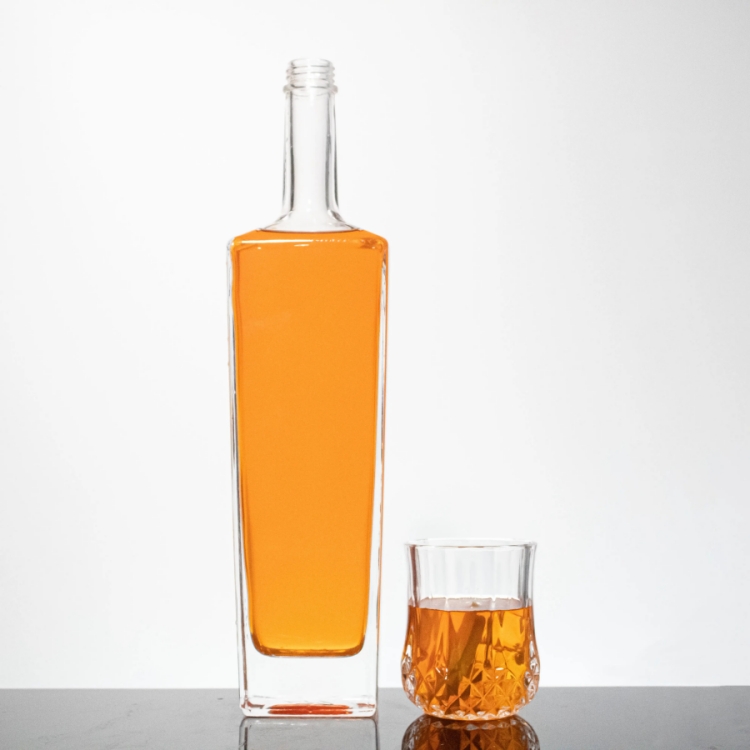When selecting glass bottles for spirits, 70 cl and 750 ml bottles are the most common sizes. Understanding their differences can help distilleries choose the best option for their target market.
70 cl Bottle

A 70 cl bottle holds 700 ml and is standard in Europe. This size has been regulated by the European Union since 1990 and is commonly used for spirits in metric system regions.
750 ml Bottle

A 750 ml bottle holds 750 ml and is standard in countries following the imperial system, such as the United States. This size is traditional and is the standard for wine bottles, partly due to the human lung capacity’s exhalation volume.
Choosing the Right Bottle
The choice between a 70 cl and a 750 ml bottle depends on regional preferences, market demands, and design considerations. For instance, 70 cl bottles are often slimmer and taller, while 750 ml bottles may have a broader shape.
Bottle Shapes
Different bottle shapes, such as round, square, rectangular, long-neck, Boston round, and swing top, offer various aesthetic and functional benefits. Each shape can impact the bottle’s appeal, ease of handling, and transportation.
Standard Sizes in the USA and EU
In the USA, legal bottle sizes include 50 ml, 100 ml, 200 ml, 375 ml, 750 ml, 1000 ml, and 1750 ml. In the EU, standard sizes include 100 ml, 200 ml, 350 ml, 500 ml, 700 ml, 1000 ml, 1500 ml, 1750 ml, and 2000 ml.
Uncommon Bottle Sizes
Some less common sizes include nip (50 ml), quarter pint (100 ml), half pint (200 ml), magnum (1.5 liters), double magnum (3 liters), and rehoboam (4.5 liters).
Conclusion
Both 70 cl and 750 ml bottles are popular for spirits and wines, with custom designs playing a significant role in brand differentiation. Choosing the right bottle size and shape is crucial for market success.
